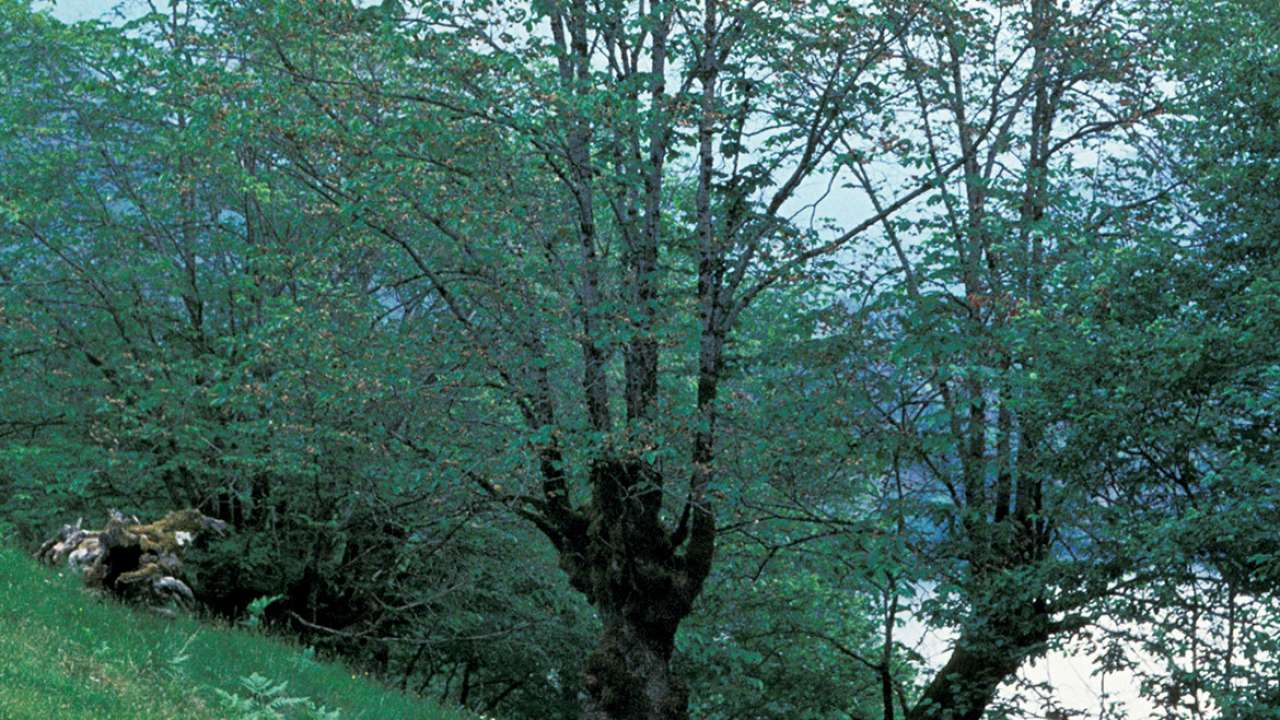Division of Forest and Forest Resources
Application of traditional knowledge to halt biodiversity loss in woodlands

End: may 2024
Start: jan 2021
Application of traditional knowledge to halt biodiversity loss in woodlands is a major interdisciplinary collaborative project between Czech and Norwegian researchers with the main focus on investigating the biological diversity associated with traditional management of deciduous trees and forests.
Project participants at colaborating institutions
IBOT
Radim Hedl
Pavla Ruzkova
Petr Petrik
Ondrej Vild
Czech University of Life Sciences Praque
Jan Douda
Biology Centre CAS)
Lukas Cizek
Pavel Sebek

| Start - end date | 01.01.2021 - 31.05.2024 |
| Project manager at Nibio | Fride Høistad Schei |
| Division | Division of Forest and Forest Resources |
| Department | Forest Operations and Digitalization |
| Partners | Czech University of Life Sciences Praque, Biology Centre (CAS) and IBOT |
In Norway, especially in the West, the collection of leaves from branches was very common, from before the Iron Age until the last century. Leaves were an important resource that was used as feed supplements for grazing animals, mainly sheep and goats. The leaves were mainly collected by pollarding, i.e. a term used to describe the process of cutting branches from larger tree trunks so to maximise foliage. This process was applied high enough up the tree so to avoid browsing by animals. This traditional operation led to open deciduous forests, with groups or solitary large pollarded trees.
Today there are very few who maintain this old tradition. But pollarding is a practice that is still relevant today: Pollarding for the production of livestock feed can increase the utilization of available biological resources, and through the impact on carbon sequestration it can also affect the amount of greenhouse gas emissions from various operating models. Like many other traditional methods used in agriculture, pollarding can be a labour-intensive way of obtaining feed, however fodder through leaves and twigs can have a beneficial effect on animal health. Pollarding can also have values in the form of tradition, culture and aesthetics, by creating distinctive trees and cultural landscapes. Today, subsidies are given by the Norwegian Directorate of Agriculture to farmers who care for such trees.
As part of this wider project, Norwegian partners aim to examine how former deciduous forests in Norway have changed over time since abandonment of such traditional woodland management. We will study selected nature reserves with noble deciduous forest in Western Norway, which we know have previously been managed through such traditional practices. We aim to explore the long-term impact post cessation of traditional forest management on biological diversity. We also want to identify which factors have had the greatest impact on forest structure and species composition, with a focus on the cessation of traditional foliage, climate change, alien species and tree species diseases.
Also, an important part of this project is to look at how pollarding takes place in Western Norway today. We will ask what motivates farmers who engage in pollarding? What are the reasons why many cease practices pollarding? And, what it might take for someone to possibly start with pollarding today? In the project, we will use both qualitative methods (in-depth interviews) and quantitative (questionnaire) to get answers to these questions.
